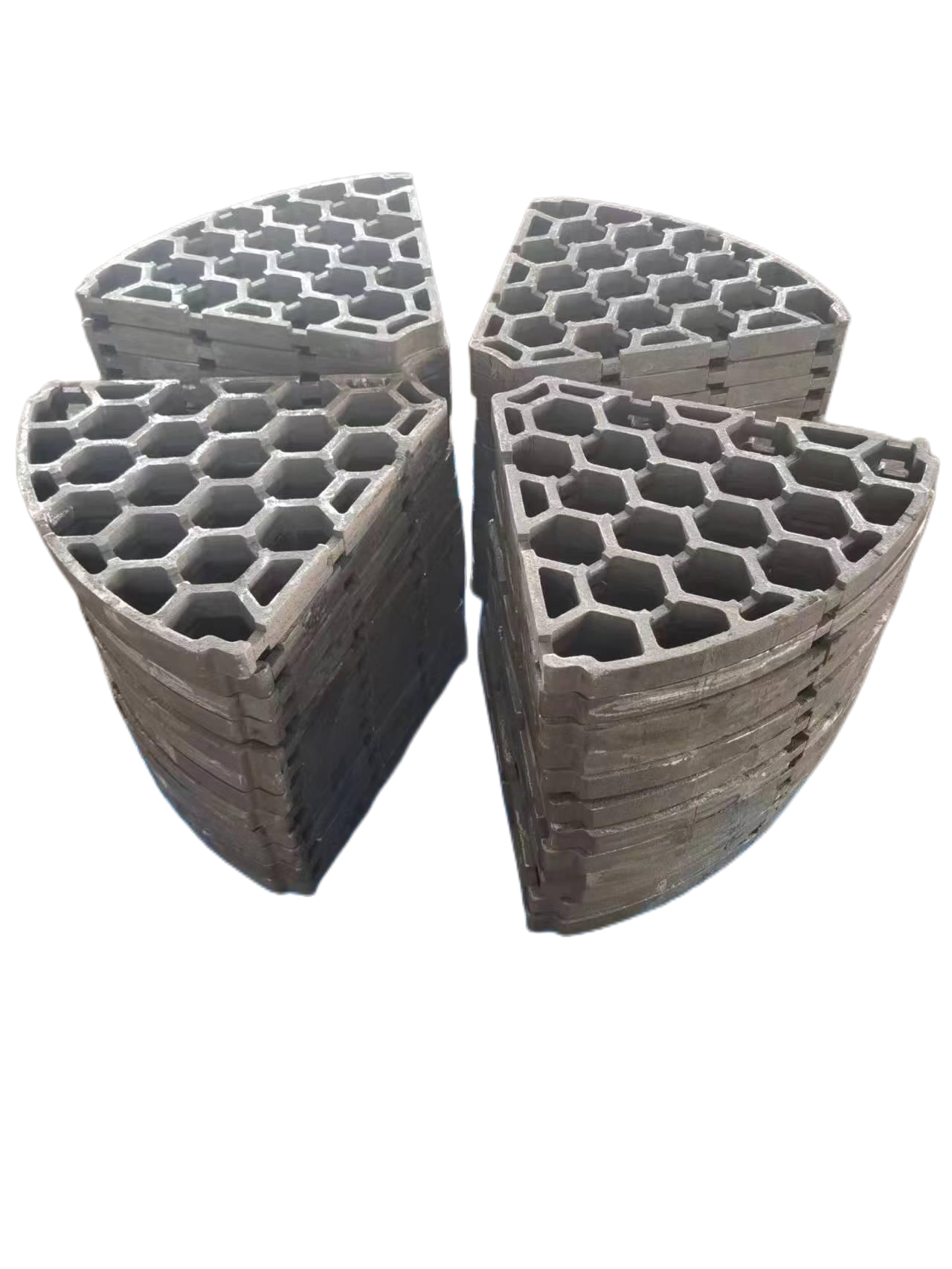lost wax casting services
Lost wax casting services represent a sophisticated manufacturing process that combines ancient craftsmanship with modern precision engineering. This meticulous process begins with creating a wax pattern of the desired component, which is then coated with ceramic material to form a shell. Once the ceramic hardens, the wax is melted away, leaving a precise cavity that mirrors the original pattern. Molten metal is then poured into this cavity, creating an exact replica of the initial design. This method excels in producing complex geometries and intricate details that would be impossible or cost-prohibitive with other manufacturing techniques. The process is particularly valuable in industries requiring high-precision components, such as aerospace, medical devices, and jewelry making. Modern lost wax casting services incorporate advanced technologies like 3D printing for wax pattern creation and computer-controlled furnaces for precise temperature management, ensuring consistent quality across production runs. The versatility of this process allows for the use of various metals and alloys, from precious metals to high-performance steel alloys, making it an invaluable solution for diverse manufacturing needs.
